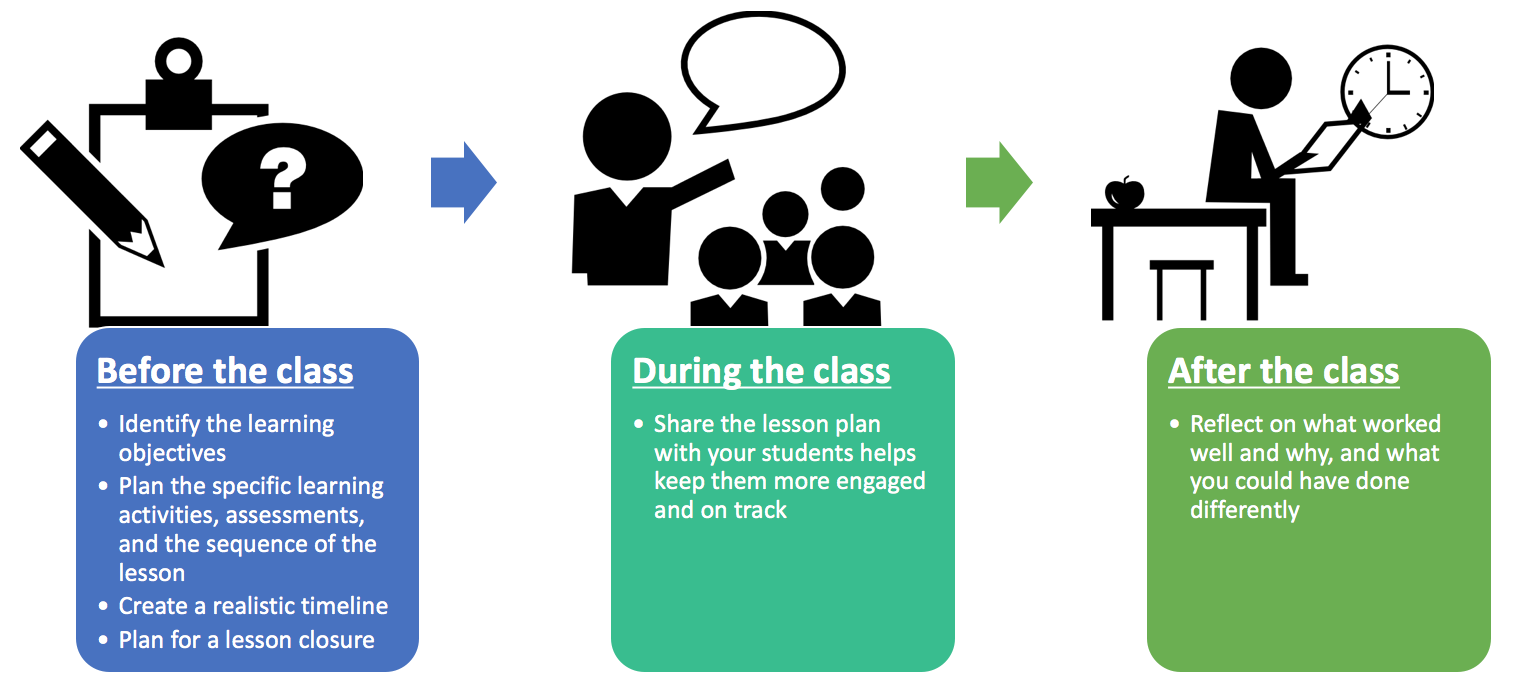The Secret To Learning Spanish Fast: Engaging Lessons That Stick

Learning a new language, especially Spanish, can often feel like an uphill battle. Between vocabulary, grammar rules, and pronunciation, it’s easy to feel overwhelmed. While traditional methods, such as textbooks and rote memorization, can help, they often lack the excitement needed to keep learners motivated. So, what’s the secret to learning Spanish faster and more effectively? The answer lies in engaging lessons that stick, lessons that combine fun, interaction, and meaningful context. Here’s how this approach can speed up the learning process and make it more enjoyable.
- Actively participating in language activities like vocabulary games, speaking exercises, and listening tasks helps reinforce learning and speeds up language acquisition by strengthening neural connections.
- Using language apps with interactive features, such as quizzes and instant feedback, can make learning more enjoyable and efficient by providing immediate corrections and tracking progress.
- Regularly practicing speaking, even if it’s just talking to yourself, helps improve pronunciation, boosts confidence, and accelerates fluency in Spanish.
- Repetition plays a critical role in committing new words and phrases to long-term memory, and interactive exercises are an excellent way to incorporate this repetition into the learning process.
- Engaging with real-world language practice through conversation exchanges or online communities can help apply learned vocabulary and grammar in a natural, context-driven environment.
- Gamifying language learning through platforms that offer points, rewards, and levels encourages consistent practice while keeping the process fun and motivating.
-
Storytelling: Context Makes Language Stick
Another secret to learning Spanish faster is using storytelling as a tool for understanding and retaining vocabulary and grammar. People naturally remember stories much better than isolated facts or rules. By incorporating short stories or even creating personal narratives using new words, learners can see the language in action, making it easier to recall.
Create Your Own Stories: Start with simple, short sentences using the vocabulary you’re learning.
Learn Through Context: Instead of memorizing vocabulary in isolation, use it in a meaningful context (e.g., “El perro corre rápido” – The dog runs fast).
Expand Gradually: As your vocabulary grows, challenge yourself to write longer stories or incorporate more complex grammar.
-
Music: Let Songs Teach You Spanish
Music is an incredible tool for language learning, as it enhances vocabulary, pronunciation, and listening comprehension. Spanish songs, especially those with a clear tempo, are fantastic for learning because they expose learners to real-life language use in a fun, memorable way.
Sing Along: Songs with repetition, such as “Despacito,” help reinforce vocabulary and teach new words in context.
Improve Pronunciation: Singing along helps learners internalize the sounds and rhythms of Spanish.
Use Music As A Listening Exercise: Pay attention to how the words are pronounced in songs and try to understand the lyrics without looking at them.
-
Humor: Making Learning Fun And Memorable
Humor is an excellent way to retain information. When studying Spanish grammar rules or new vocabulary, humor can turn a tedious task into something enjoyable and memorable. Funny mnemonics, jokes, or puns can help you associate new words with images or stories that are easier to recall.
Use Funny Mnemonics: Create ridiculous or amusing associations to make words stick. For example, to remember “vaca” (cow), picture a cow wearing a funky hat.
Laugh At Mistakes: Mistakes are part of the learning process. Laughing at errors instead of feeling frustrated helps reduce stress and keeps you motivated.
Tell Jokes In Spanish: Learning through humor gives learners a natural way to practice the language while having fun.
-
Real-Life Conversations: Practice Makes Perfect
Language is meant to be spoken, and there’s no better way to learn Spanish quickly than by having real conversations with native speakers or other learners. Practicing with others allows you to use the language in context, which reinforces vocabulary and grammar in a natural way.
Engage In Conversations: Whether online or in person, speaking with native speakers helps you improve fluency and comprehension.
Listen To Native Speakers: Watching Spanish movies or listening to podcasts helps you get used to the natural rhythm and flow of the language.
Join A Language Exchange: Talking with other learners can also provide valuable practice and feedback.
Conclusion:
Learning Spanish fast doesn’t mean cramming vocabulary or memorizing grammar rules without context. The key is to make learning dynamic and engaging by incorporating methods that make the process enjoyable. Interactive lessons, storytelling, music, humor, and real-life conversations all work together to make language acquisition more effective and fun. By implementing these strategies into your study routine, you’ll find that learning Spanish is not only faster but also more enjoyable. So, the next time you sit down to study, consider mixing in some of these techniques and watch how your Spanish skills improve quickly!
